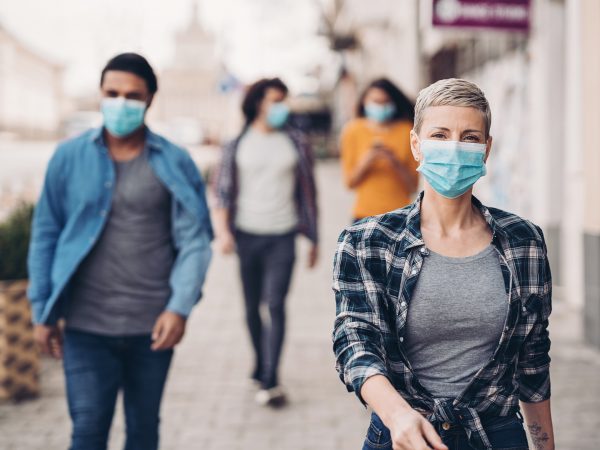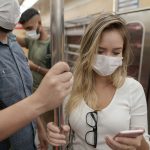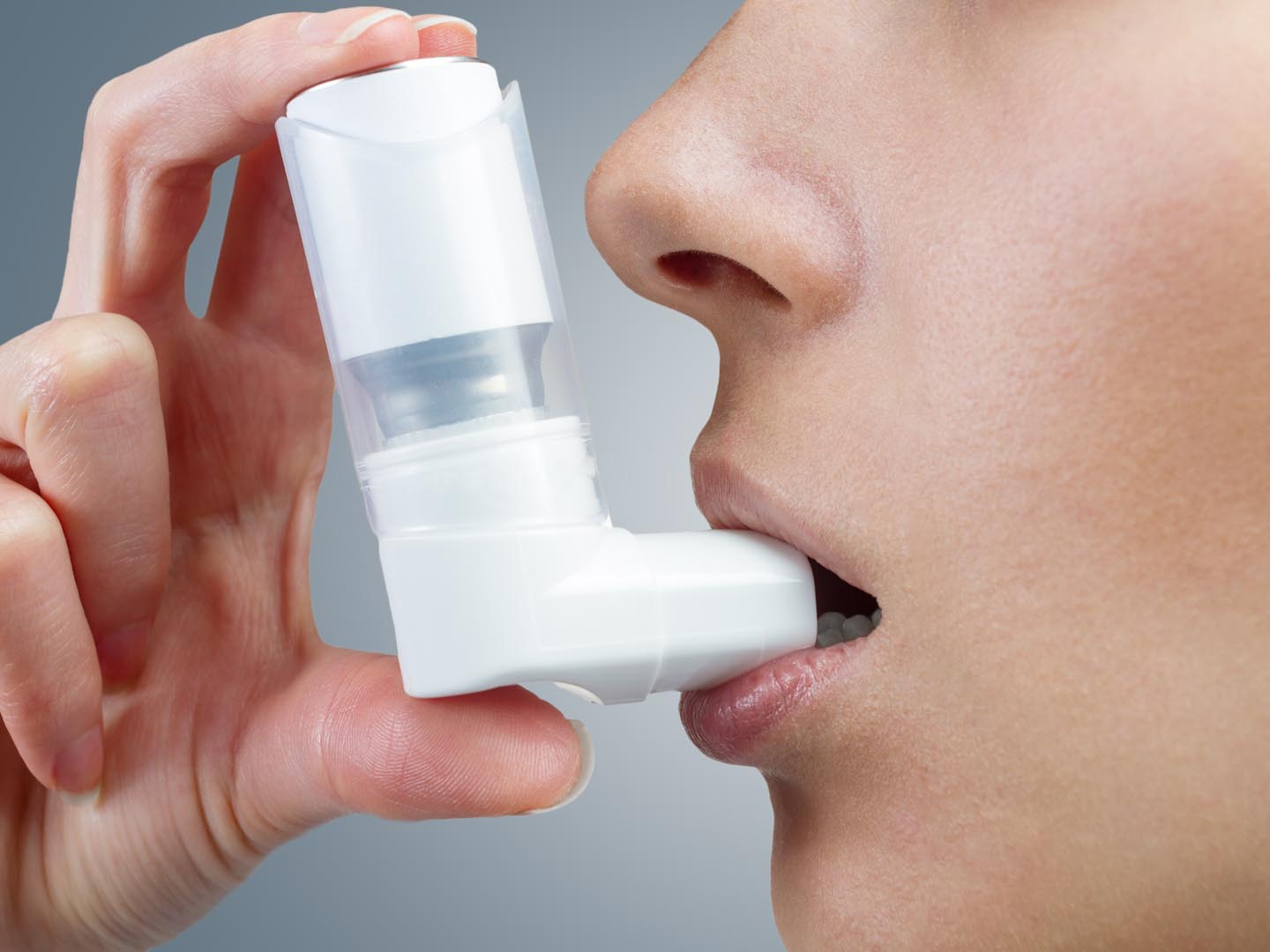COVID-19: Why Wear Masks?
I’m confused about whether or not we should be wearing masks to protect against COVID-19. Are they still necessary?
Andrew Weil, M.D. | July 1, 2020

The short answer to your question is “Yes.” I’m aware that many people have stopped wearing masks in public. Some of these individuals are arguing that government-mandated mask wearing is an infringement of personal freedom. Others see masks as a sign of fear of becoming infected and view not wearing them as a show of strength.
We know that up to 45 percent of people infected with COVID-19 have no symptoms but can spread the virus to others when they talk, cough or sneeze – all of which expel respiratory droplets into the air. And because people can spread the virus even before they know they’re infected, wearing a mask helps protect others from catching the disease. An analysis of 172 studies published in June 2020 looked at various ways to prevent transmission of the virus and concluded that wearing a mask significantly reduces the risk of an infected person passing it along.
Another study found that even loose-fitting surgical masks blocked almost all contagious droplets the wearers breathed out. And research from China found that wearing masks indoors at home as a precaution reduced transmission by 79 percent even before residents knew anyone who lived with them was sick.
Be aware that a mask should cover your face from the top of your nose to under your chin and stretch about halfway or more toward your ears with no gaps. Studies at Stanford University have shown that a properly constructed homemade cloth mask can function as well or better than a surgical mask.
Based on those studies, the World Health Organization recommends a cloth mask made with at least three layers of different materials. The outer layer should be a fabric that is at least somewhat water resistant (like a combination of cotton and polyester, nylon or rayon). The middle layer should be either polypropylene or three-ply disposable tissue like Kleenex. The innermost layer should be a wicking material to draw moisture away from the face, such as 100 percent soft cotton.
We’re going to be dealing with COVID-19 for some time, so it pays to take precautions. Wearing a mask is one of them. Most importantly, it is way of respecting other people and their safety. In my opinion, going out in public these days without a mask is akin to driving while intoxicated.
Andrew Weil, M.D.
Source:
Holger Schünemann et al, “Physical distancing, face masks and eye protection to prevent person-to-person transmission of SARS-Cov-2 and Covid-10: a systematic review and meta-analysis.” June 1, 2020, The Lancet, doi.org/10.101016/S0140-6736(20)31142-9












